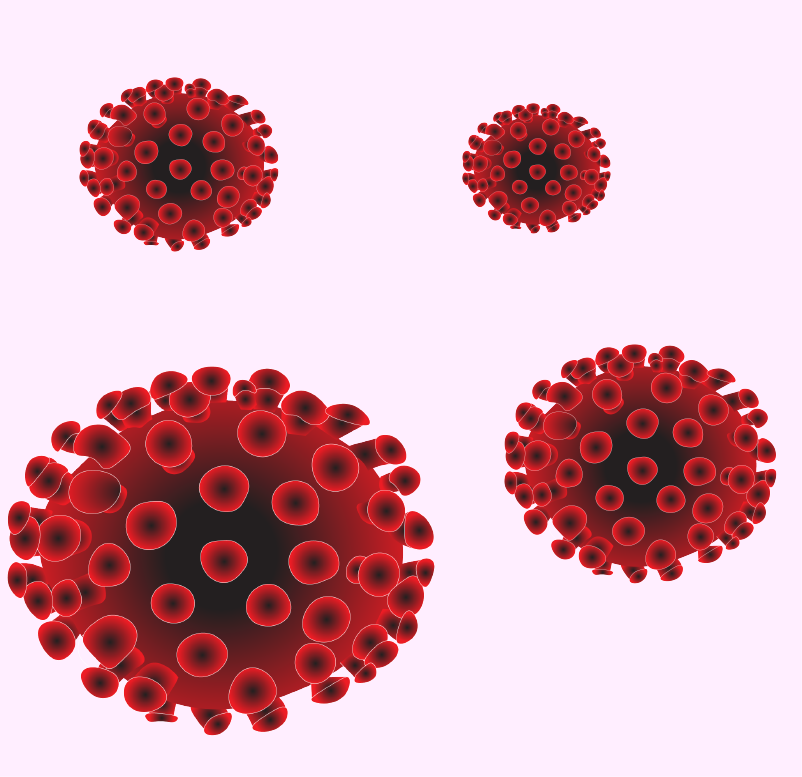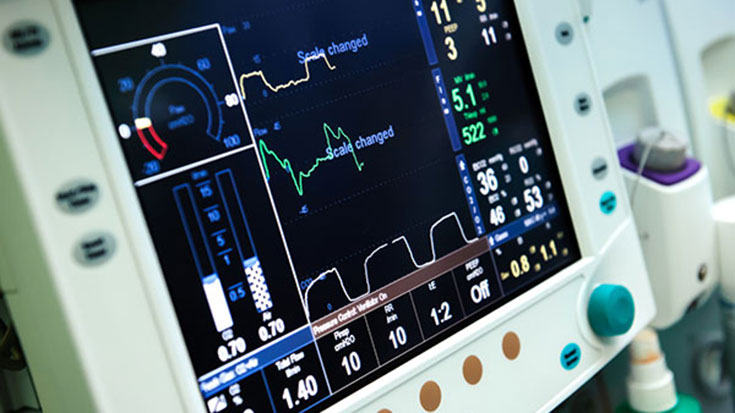Maybe because he wanted to point out the dogma of early intubation in pneumonias.
As an anesthesiologist, I've had bad experiences with pulm-CCM docs, where they insisted that a still decent-looking patient be intubated because they didn't like the numbers. I have a pediatrician in my family who has taught me to always look at the patient (happy or in distress), so to me the article seems intuitive, but many people have been trained knee-jerk. And it shows in the way they treat Covid-19.
I don't know about your experience, but I hear dogmas almost every day when I am in the ICU. Both from trainees and from attending physicians.
Well. Of course you should be treating patients and I'm not interested in this turning into a crap on any certain specialty discussion (everyone can come up with a story of: [insert specialty X] did this [very stupid thing Y] - rinse repeat).
Numbers do have meaning
in context. One of the example given in the article is the asthma patient with low sats which we only see when things are definitely going the wrong direction (though this isn't necessarily an indication for intubation in asthma, as in asthma, the tube in bad asthma is usually the beginning of the problems, not the end).
"Early intubation" (which has never really been spelled out specifically) has been the recommendation coming from many folks all over the world, at least early on in this pandemic and while they actually still had vents. I think people thought they solved some issues, most notable the aerosolization issues you may have with other modes of non-invassive oxygenation or ventilation, and also early on the experience seemed to be that once patients got so hypoxic they ended up intubated anyway. I'm currently a worshiper in the church that usual ARDSnet settings are
wrong in patients with normal lung compliance, which probably represents ~70% of the intubated COVID19 patients (IIRC correctly from Gattononi's recent article) and obviously if you do have classic ARDS physiology you need to treat like ARDS. I am suspicious that this "early intubation" of many patients AND THEN placing them on classic ARDSnet setting have caused unnecessary harm. It's fog or war though - no that anyone is "bad". I have had a lot of success with CPAP (often intermittent exchanged with High flow) and sitting up in a chair in patients that many of the "expert opinions" would have suggested I "early intubate"
Dogma is what it is, and just because it is dogma doesn't always necessarily mean it is wrong. It's a collection of wisdom in an area where we basically do not have good data on basically anything. I think critical care physicians tend to live in a world of confirmation bias where we have opinions, often very strong and often informed by experience, and we tend to dismiss data contrary to it very easily and support data supporting very easy and then rationalize it as "we aren't going along with dogma" or somewhat cherry picking the available EBM that does support our opinion, all the while believing we are out there doing "god's work" a bit better than the next guy. Though it's also hard to have too much humility in a calling that requires us to make HARD decisions and make those decisions in the absent of the very good data that many specialties are flooded with. Good decisions. "Bad" decisions. The only real crime is refusing to make a decision at all in these cases. We all do the best we can with what we have available.







